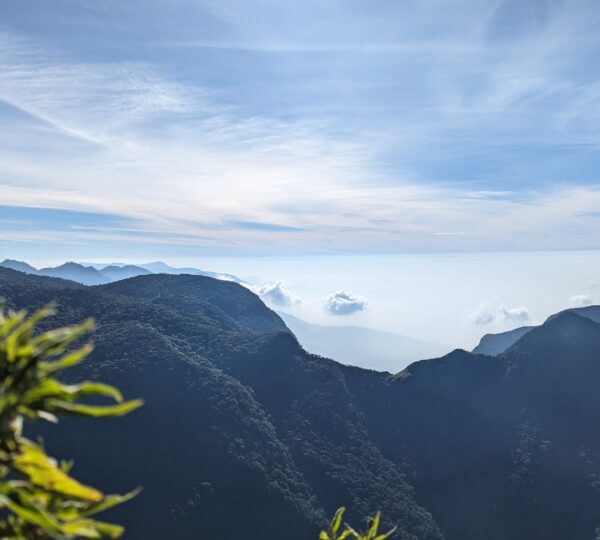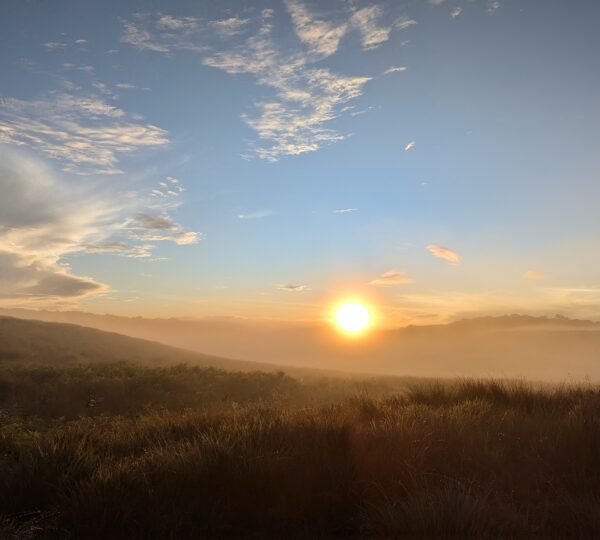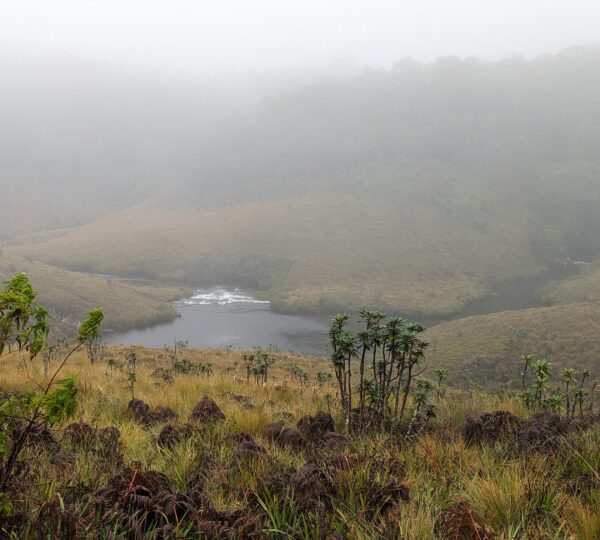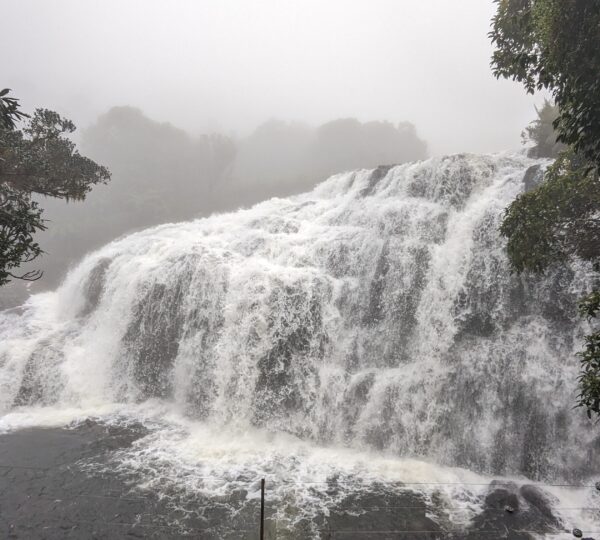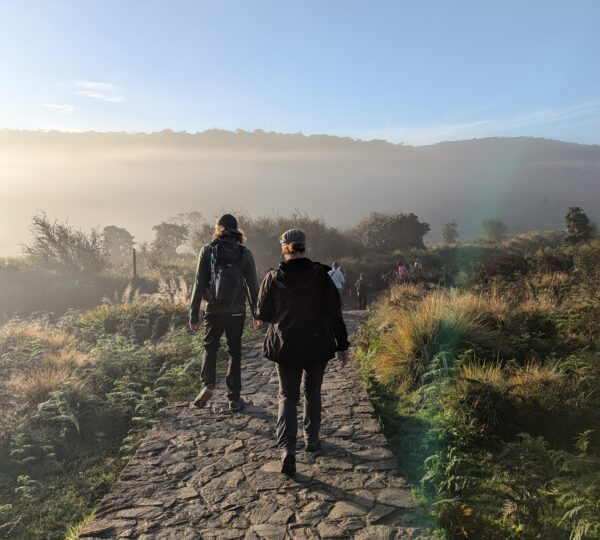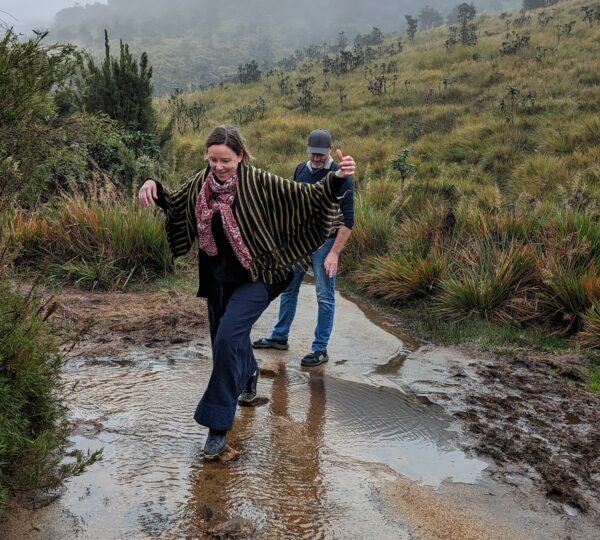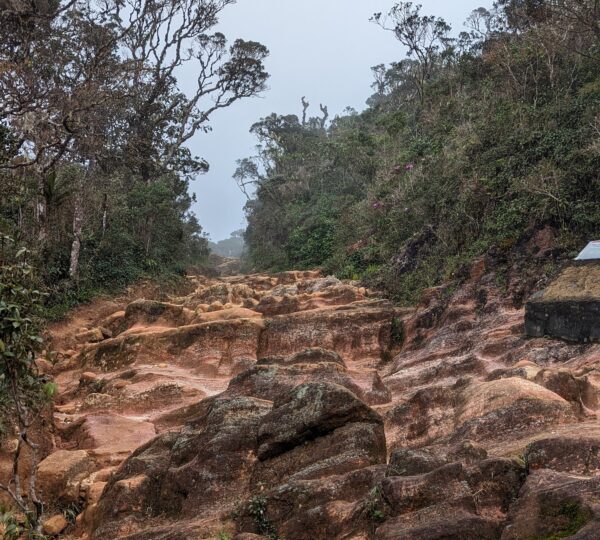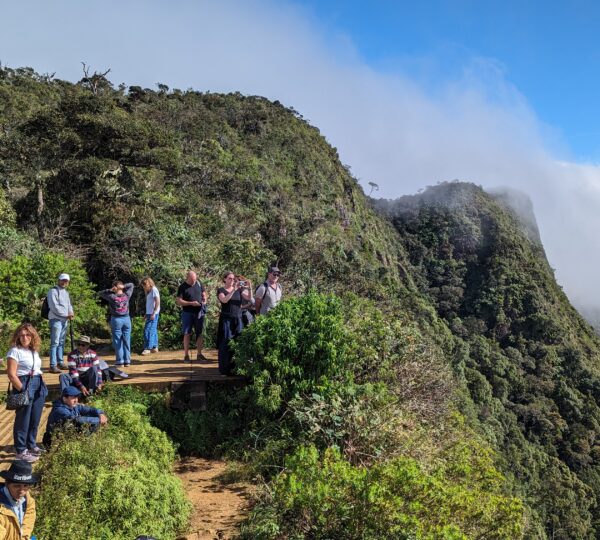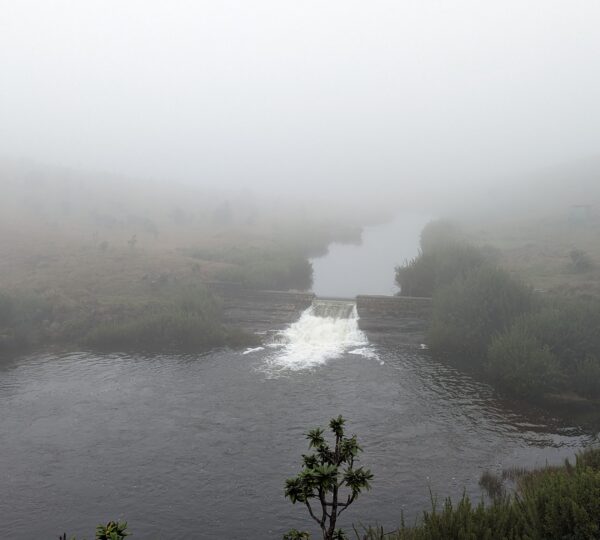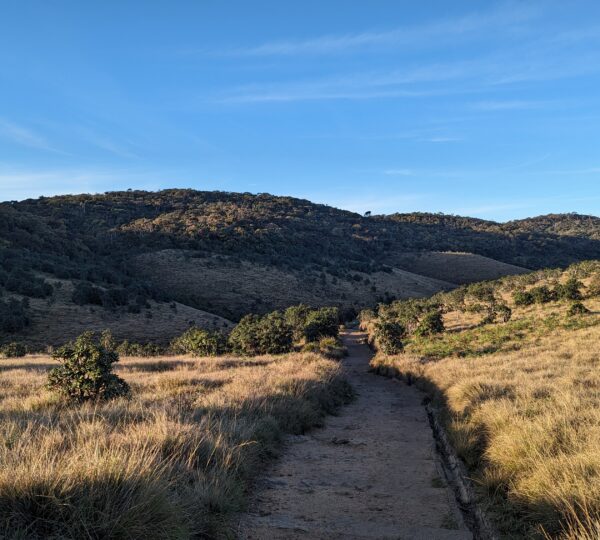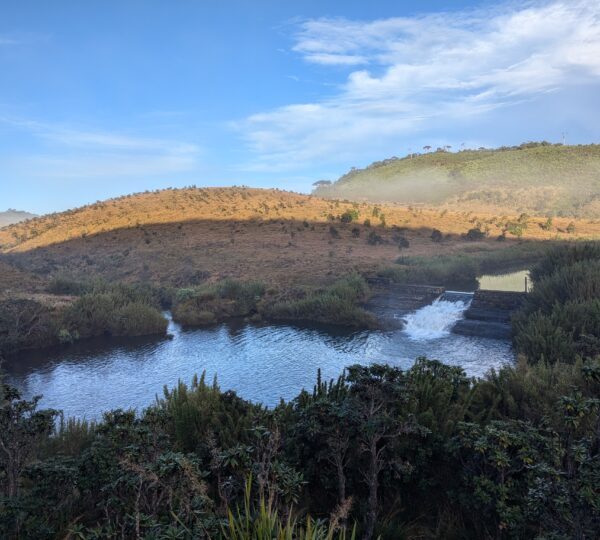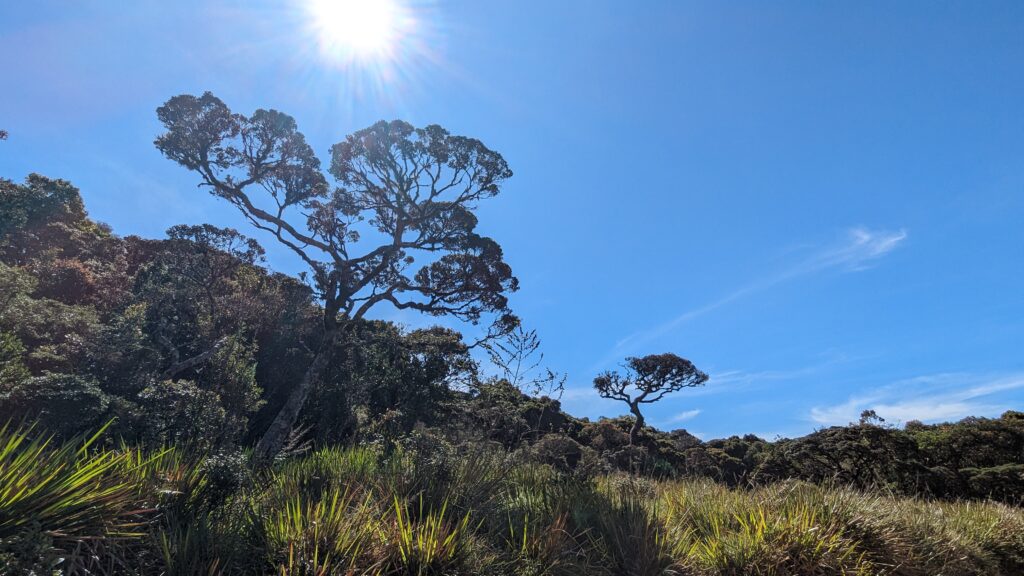Horton Plains National Park – A Deeper Dive
From
Duration
Tour Type
Explore Tours
Included/Exclude
Tour Plan
- Located in the central highlands, Horton Plains spans about 3,160 hectares at an altitude of 2,100–2,300 meters.
- The park’s undulating plateau is dotted with grasslands, cloud forests, rocky outcrops, marshes, and waterfalls, creating a diverse landscape.
- It serves as the headwaters for three major rivers: Mahaweli, Kelani, and Walawe, making it a crucial water source for the country.
Horton Plains boasts over 750 species of plants, many of which are endemic. The park's vegetation is divided into:
- Montane Grasslands
- These open areas are covered with tussocky grass species and wildflowers like the Rhododendron arboreum.
- Cloud Forests
- Dense and misty, these forests feature moss-covered trees, ferns, orchids, and lichens.
The park is a biodiversity hotspot, housing many species that can’t be found elsewhere in the world.
- Mammals:
- The most commonly spotted species is the Sri Lankan sambar deer.
- Rare species include the purple-faced langur, Sri Lankan leopard, and giant squirrel.
- Birds:
- A birdwatcher’s paradise with over 90 species of birds, including endemics like the Sri Lanka white-eye, Sri Lanka bush warbler, and Yellow-eared bulbul.
- Reptiles & Amphibians:
- Notable reptiles include the black-lipped lizard and horned lizard. The endemic Horton Plains slender loris, once thought extinct, was rediscovered here.
- Insects:
- Home to a variety of endemic butterflies and dragonflies.
- Ancient Name: Known as Maha Eliya Thenna (Great Open Plains) in local folklore.
- Sacred Connection: Some believe the park is linked to the legend of King Ravana and the Ramayana.
- Archaeological Findings: Stone tools from prehistoric civilizations have been discovered, indicating human activity dating back thousands of years.
- Hiking
- The World’s End Trail is a 9.5-kilometer loop starting at the visitor center. It passes through all major attractions, including World’s End, Little World’s End, and Baker’s Falls.
- Other trails include Kirigalpoththa (7 km) and Thotupola Kanda (3.5 km), offering less crowded experiences.
- Wildlife Spotting
- Early mornings are the best time to spot wildlife. The sambar deer often roam near the trail, while leopards are elusive but sometimes seen.
- Photography
- The dramatic landscapes and unique lighting conditions make Horton Plains a photographer’s dream.
- Camping (Limited)
- Although camping inside the park is not typically allowed, options are available nearby for those who want an immersive experience.
-
- Best Time to Visit: December to February for clear skies, though the park is beautiful year-round.
- Entry Requirements: Tickets must be purchased at the entrance; visiting with a guide is optional but enhances the experience.
- What to Bring: Warm clothing, sturdy shoes, water, snacks, and a camera. Avoid single-use plastics as the park enforces strict environmental rules.
- Getting There: Accessible via Nuwara Eliya (approx. 30 km) or Ohiya. Early arrivals (before 6 AM) are recommended to avoid fog and maximize visibility.
- Eco-Friendly Measures:
- Plastic items, except water bottles, are banned. Ensure you leave no trace to protect the fragile ecosystem.
- Horton Plains is one of the few places in Sri Lanka where frost can form, especially in December and January.
- World’s End is notorious for its misty conditions. On average, visibility is best before 10 AM, after which fog often rolls in.
- The park plays a critical role in climate regulation and water conservation for Sri Lanka.
Related Tours
Review Scores
No reviews yet
5.00
Average Rating

